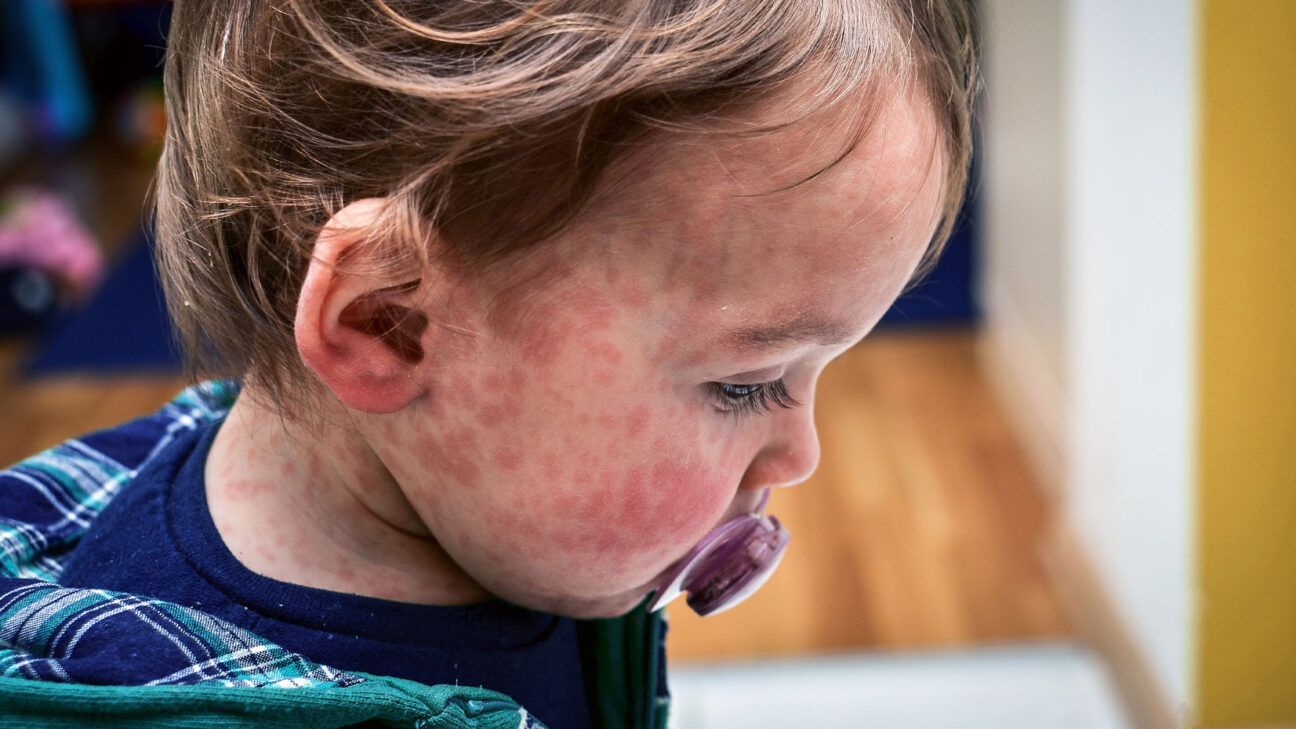Jake Gyllenhaal Got a Staph Infection Filming ‘Road House’: How to Lower Your Risk

- Actor Jake Gyllenhaal says he contracted a staph infection while filming a fight scene for Road House.
- Staph infections occur when staphylococci bacteria enter the body via a cut or abrasion.
- Staph infections can be mild, but they can also be serious and life-threatening.
- You should see a physician immediately if you experience rapid heart rate, neck stiffness, chest pain, fever, severe headache, or trouble breathing.
Jake Gyllenhaal has revealed he contracted a staph infection while shooting his latest movie.
Chatting on Dax Shephard’s Armchair Expert podcast alongside his co-star Conor McGregor, Gyllenhaal shared that while filming a fight scene for Road House, he cut his hand, and it resulted in a staph infection.
Recalling the scene, he said: “We’re fighting on the floor, fighting around tables, we’re fighting around glass.”
During the scene, the actor sustained an injury when he placed his hand on glass. “I felt the glass going in my hand. I remember the feeling [and] went, ‘That’s a lot of glass,” he shared.
Gyllenhaal hurt himself while filming another portion of the film. “I thought [the infection] came from, remember that scene where you come with a piece of wood?” he asked McGregor.
“I grabbed your arm, and I thought, ‘Oh, maybe I’m injured.’ But my whole arm swelled up. It ended up being staph.”
Staph infections are common, and in some cases, they can be serious. However, there are steps you can take to reduce your risk of infection following an injury.
What are staph infections?
“All of us have staphylococci bacteria and other bacteria on our skin. This is normal and healthy and part of our microbiome,” explains Daniel D. Rhoads, vice chair of the College of American Pathologists Microbiology Committee.
“What can become a problem is when the skin’s integrity is compromised, and the bacteria that are normally on the surface of our skin can now contaminate deeper tissue where bacteria do not belong.”
Sometimes this compromise in the skin can be imperceivable, like a minor cut or small abrasion that you do not even notice. Other times, the compromise is more obvious, as it was for Gyllenhaal.
Either way, Rhoads says, when we have a cut or abrasion, there is always a risk that bacteria from our skin (in this case, Staphylococcus aureus, also known as S. aureus) or from the environment could not only contaminate the exposed tissue but could also start growing.
This is a staph infection, and it triggers the body’s immune response, resulting in calor, dolor, rubor, and tumor.
“Mr. Gyllenhaal described his arm swelling up. That swelling is “tumor.” I would bet that his arm was also red (rubor), hot (calor), and painful (dolor),” Rhoads explains.
How dangerous are staph infections?
Staph infections can range in severity. When a bacterial infection like this starts spreading from the local site of the tissue damage toward the middle of the body, Rhoads says it’s “bad news” because it means the immune system is having a hard time curtailing the infection.
Dr. Linda Yancey, infectious disease specialist at Memorial Hermann Health System in Houston has a helpful analogy in understanding the varying degrees of infection.
“To say “Staph infection” is like saying “traffic accident.” They range from fender benders to sixteen-car pileups and everything in between,” she explains.
“Most Staph infections are minor and resolve on their own, but the more severe ones require medical care.”
Staph infections on the mild end of the spectrum will usually present with a little pain and swelling. Often, the immune system is able to fend off the infection, and it will go away without medical or surgical intervention.
However, that’s not always the case. “Staph infections are most concerning when they are spreading quickly, and symptoms transition from local tissue inflammation to systemic symptoms, for example, chills and increased rate of breathing,” Rhoads warns.
In the most extreme cases, which were much more common before we had antibiotics, Rhoads says severe local infections can spread to cause a systemic infection and then death.
How to reduce your staph infection risk
It can be challenging to prevent staph infections, given that the bacteria that causes them is already present on the skin. However, Yancey says good hygiene is the cornerstone of good health.
It’s important to regularly – and thoroughly – wash your hands. You should also shower after physical activity. These steps can keep cuts clean and reduce the risk of infection.
Rhoads says, “It’s good to wash cuts and abrasions with soap and water to try to remove bacteria and debris that could be contaminating a new wound.”
You should also keep any open wounds covered to stop bacteria from entering the skin.
Meanwhile, sharing towels, razors, and other pieces of personal equipment, such as makeup brushes, is a big no-no.
“People who share sports equipment, for example football teams, should ensure that equipment is cleaned and sanitized between uses,” Yancey adds. The same rings true if you exercise in a public place, like a gym.
When to seek medical care
If you are concerned about a staph infection, Yancey says your first step should be your primary care provider.
“However, if the infection you are concerned about is a boil or abscess, urgent care or an emergency room is a better choice as they will have the equipment to drain it if needed.”
It’s essential you seek medical assistance if you notice the infection is getting worse and is spreading quickly or if it’s accompanied by fever, headache, neck stiffness, and/or chest pain, rapid heart, and trouble breathing.
Oftentimes, staph infections can be treated with antibiotics, though sometimes surgery may be required.
Takeaway
Staph infections happen when bacteria enter the body via a cut or abrasion. They can be mild and clear up on their own.
However, staph infections can also be serious and life threatening. If you’re concerned, you should consult a medical professional straight away.



